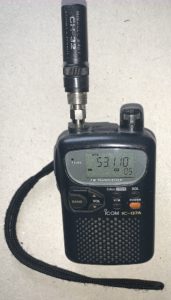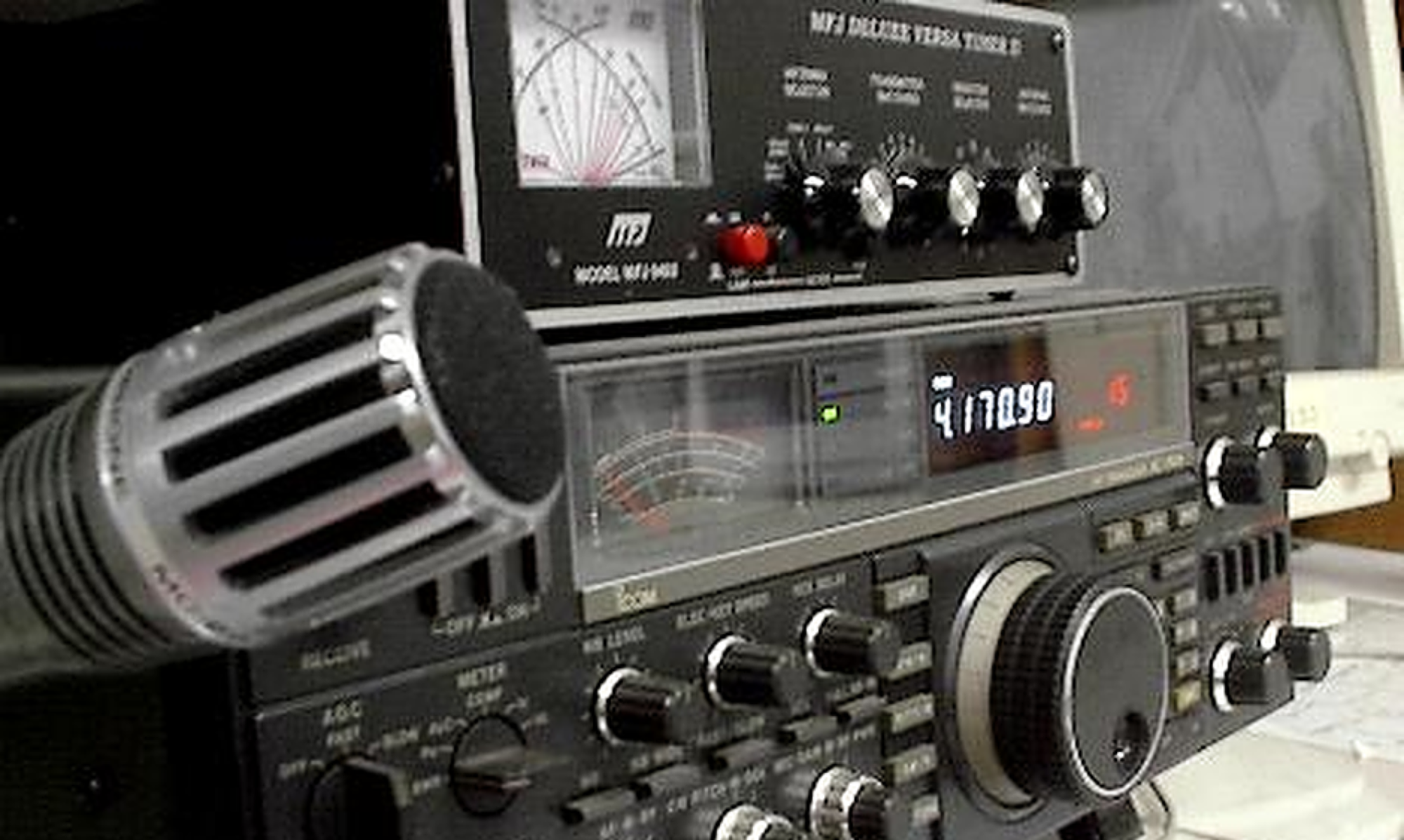
I’m sure you have already heard about a new local 6 meter repeater due to go live shortly here in the Sedalia area. It may not be of much interest to you now because many of us don’t have 6M capability.
But, did you know that you may already have the ability to at least listen to the new repeater once it goes on the air? Many hand held, base, and mobile radios today enjoy expanded receivers. You will be able to monitor, but not transmit.
So, put the new 6M repeater in a memory channel in your radio and include it when you scan. For that matter, local repeaters in the 220 Mhz band could be included, too. The little, pocket-friendly, iCom Q7 here enjoys a wide band receiver capable of picking up a wide range of other frequencies like commercial FM broadcast radio, public service, and even AM aircraft. It will only transmit in the 2M/70cm bands. It is a very old radio. Newer ones have lots more capabilities.
Take another look at the radios you carry or in your shack. They may have some features you overlooked or were not aware of.
Harry, KØTV


40 years ago, the 6 meter band was what 2 meters is today.
6 meters was the highway traveling band of choice. The lower part of the 10 meter band was used to create the CB (11 meter) band due to “lack of” use by HAMs. … use it it or lose it.
Just sayin’ KJ5ZW 🙂
Oops; I was mistaken, HAMs lost part of the 10 meter band “well over” 50 years ago!! Half a Century ago. John N0EE or Brooks WA0JWA could probably post the date.
Never the less, when the HAM community has an “under used” band of frequencies, well … 😊 kj5zw
One day, I believe, a weekly 6 meter net will be held. Just sayin’ . .
I know of several clubs that have
2 meter and 10 meter nets. In 1993 the club I was associated with held a 10 meter net Sunday afternoon (1 or 2 pm) and a 2 meter net Monday night.
Be Safe KJ5ZW